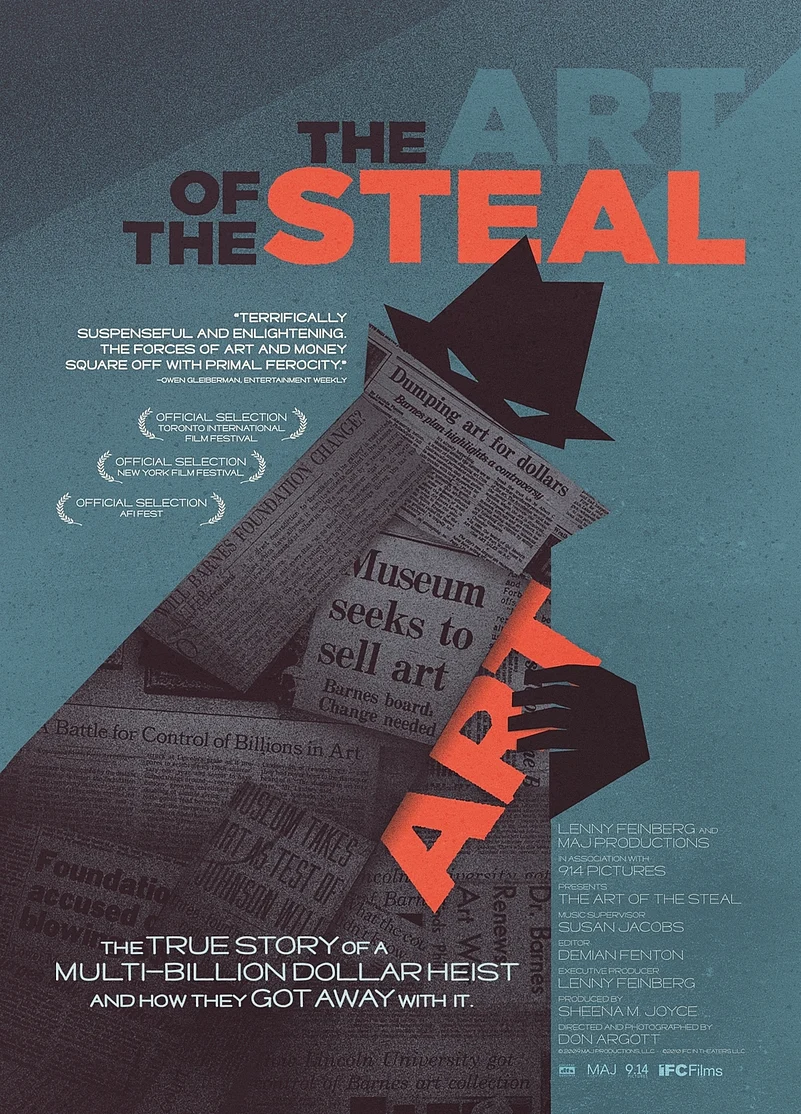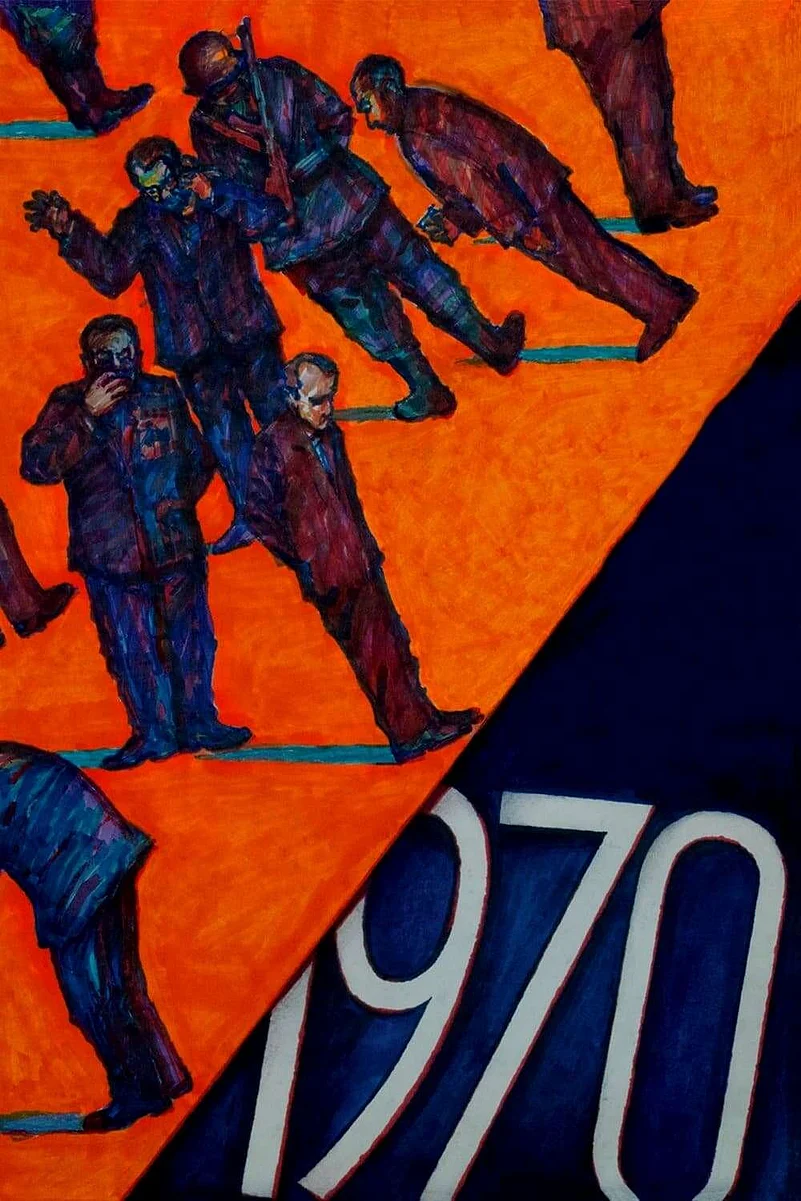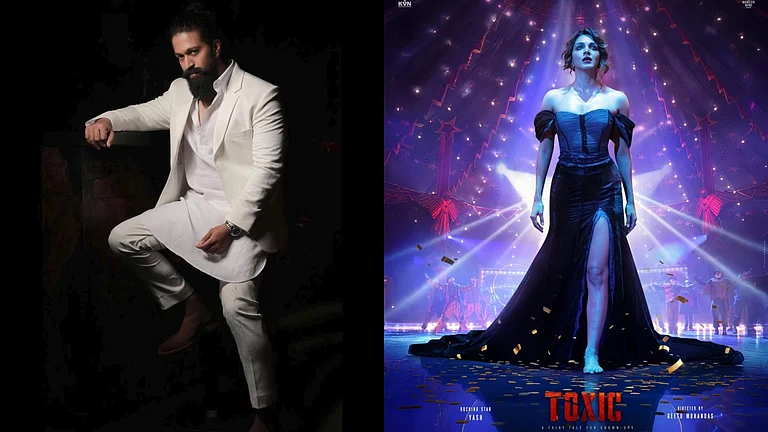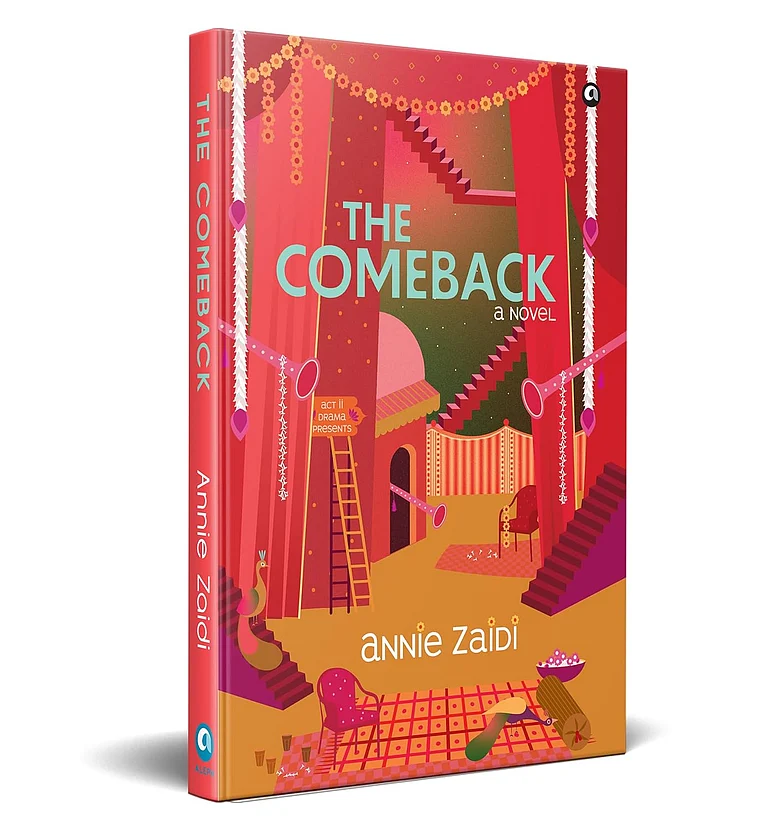While the world focused on the strikes in West Asia and elsewhere, some significant events unfolded in the realm of collectibles in recent times. A unique 1950s beer can broke records at an auction in early April when it sold for over $100k. Also, American videogame retailer GameStop clocked a quarterly profit of $44.8 million, largely from a business pivot to the collectibles market involving trading card games.
The collectibles market is estimated to be a multi-billion dollar industry and comprises a wide variety of items, ranging from coins, stamps, art, toys to wine, whiskey, and watches. North America dominates this industry while China leads the APAC collectibles market, with India emerging as a promising opportunity. A few documentaries offer the viewer a glimpse into this eclectic world of collecting.
The Booksellers draws the audience to antiquarian book collecting in America. This 2019 documentary by D.W. Young strings together a series of short profiles of book dealers and collectors, typically probing their motivations of entering and persisting in this niche industry. From stumbling into the job to nepotism, the responses are diverse, revealing and most importantly, slay the myth of a book collector as an older white man in a tweed jacket.
But while the cast presented in this documentary is varied, they all seem to converge in their undeniable passion for the hunt. The documentary also addresses the present-day challenges in this area. The lament of the diminishing interest in the printed word is a recurring refrain, though a few are surprisingly optimistic about the future of the book trade. And hence, when someone in the documentary mentions that “the people who appreciate rare in the realm of books are just as rare as the things themselves usually”, the viewer is inclined to nod in silent agreement. (The Booksellers documentary is available on Youtube).

In a similar vein, the 2022 documentary Vinyl Nation by Kevin Smokler and Christopher Boone explores the subculture of vinyl record collecting in America through the lens of collectors and sellers. The affection of this activity lies in the physicality of the object that spins on the turntable at the drop of the needle and releases good vibrations, while the digitized form of music is felt to be ephemeral.
Aficionados tout the vinyl record as a tangible artifact with the artwork on the record sleeve also serving as an attraction. The advent of the compact disc and subsequently the mp3 files triggered a dramatic decline in the demand for vinyl records. However with the introduction of creative features such as colored vinyls and suitcase style Crosley turntables, along with nostalgia for analog formats, vinyl records are now gaining in popularity across all age groups in America and this form of collecting seems poised for a comeback. (The Vinyl Nation documentary is available on Youtube).

One of the key questions that confronts the collector, apart from valuation, is that of the eventual fate of the collection. What will happen to the collection when the collector passes on? The politics around this is the subject of the 2009 documentary “The Art of the Steal” by Don Argott. The film focuses on the post impressionist art collection assembled by Dr Barnes and the legal tussles that ensued in the years following his death. The viewer is informed of the machinations that eventually result in the relocation of the collection from its original home to another venue, much against the written wishes of Dr Barnes. With $25-$30 billion art at stake, this is a tale of prestige, power and control. (The Art of the Steal is available on Youtube).

To accumulate art or other collectibles though does not always require a huge investment. Young art collectors Martin and Rita Skyler began collecting art with modest sums. One of their key acquisitions circa 1970 was a yellow Brillo Box created by Andy Warhol. The Brillo Box at that time challenged the definition of art, with critics deriding it as “fake” and “anti-art”. Forty years later, the same Brillo Box fetched close to 3 million dollars at an auction. The journey of the Brillo Box from Skyler family’s living room into hands of other collectors including Charles Saatchi is captured by the couple’s daughter Lisanne Skyler in the 2016 documentary Brillo Box (3 Cents off). Did the Skyler family miss out on a huge fortune by trading in the artifact too early? Yes, but this is not a film of regret. (The Brillo Box is available on JioHotstar).
History informs us that if an ordinary container such as a Brillo Box can turn into collectible, then so can a movie poster. From an advertising device in the early 20th century, the humble movie poster has evolved into an elevated art form and a highly coveted item for collectors. The 24X36 movie about movie posters by Kevin Burke released in 2017 takes the viewer on the journey about movie poster collecting. The sale of the original poster for the film Frankenstein for close to half a million dollars made the world sit up and take notice of movie poster collecting and since then, artists and film buffs have both benefited from this activity. (24X36 movie about movie posters is available on Youtube).
The collectibles market is very diversified and the items collected as often viewed as “investments of passion”. In an increasingly digitized and high-tech world, nostalgia and the need for tangible goods seem to be pushing this industry to new heights. Through collecting, we connect, be it to memories, sentiments or people. And while the objects themselves can be rather valuable, the connections they help forge are priceless.

























